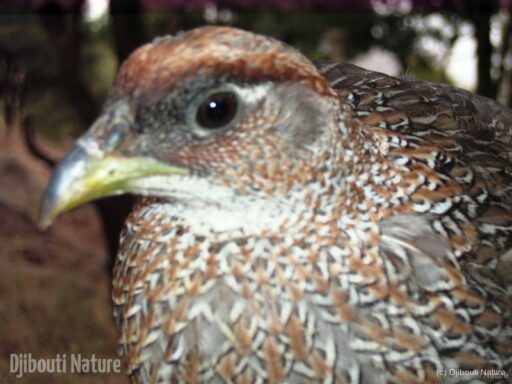The Association Djibouti Nature – Djibouti Nature is an independent, membership-based and not-for-profit grassroots organization, legally established in Djibouti. Djibouti Nature was set up in 1999 and thus the most and oldest experienced civil society organization working on nature conservation in the country.
It has an important but short history of nature conservation mainly from birds’ species and natural habitats perspective. Besides, it has been working tirelessly with local communities, private sectors and government bodies for many years to raise awareness for both Djibouti’s extraordinary wildlife and precious habitats protection for the benefit of present and future generations.
Djibouti Nature is registered under the provisions of Act of July 1st, 1901, relating to the contract of association in Djibouti and certificate has been delivered (certificate number 63/DAGR/18/03/2001) by the Ministry of Interior and Decentralisation. The other pages of our site will give you more details.
Last but not least, our website is having one more major upgrade. To allow access to our site to a wider audience, we have provided multilingual functions.
Unfortunately, because of our limited human and financial resources, we started with the following languages: English, French and Somali. In most cases, we translated the content using Google Translate. It usually gives a pretty clear idea. However, this is not enough. So we are working to do better.
Therefore, to translate our content into other national languages (Afar and Arabic) or to improve existing translations, we are looking for volunteers! If you want to contribute in anyway, please contact us.











